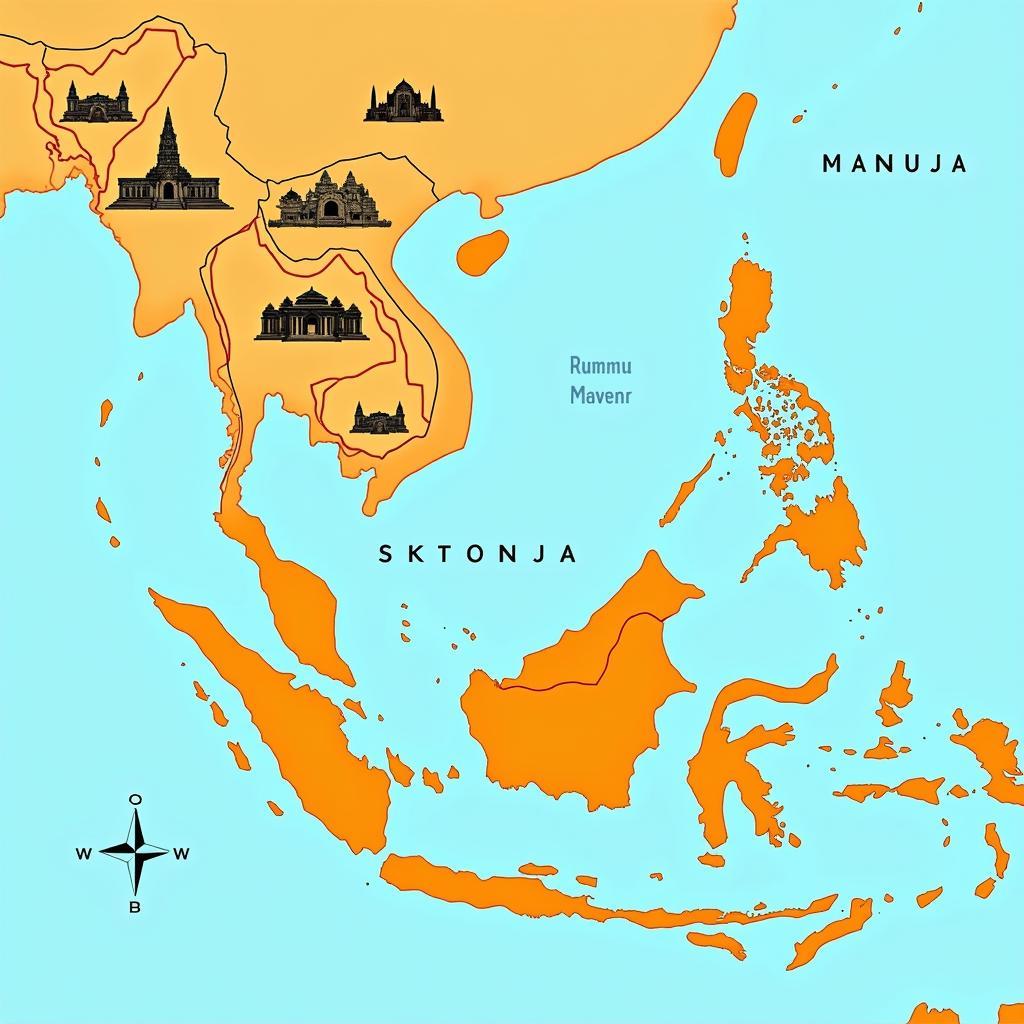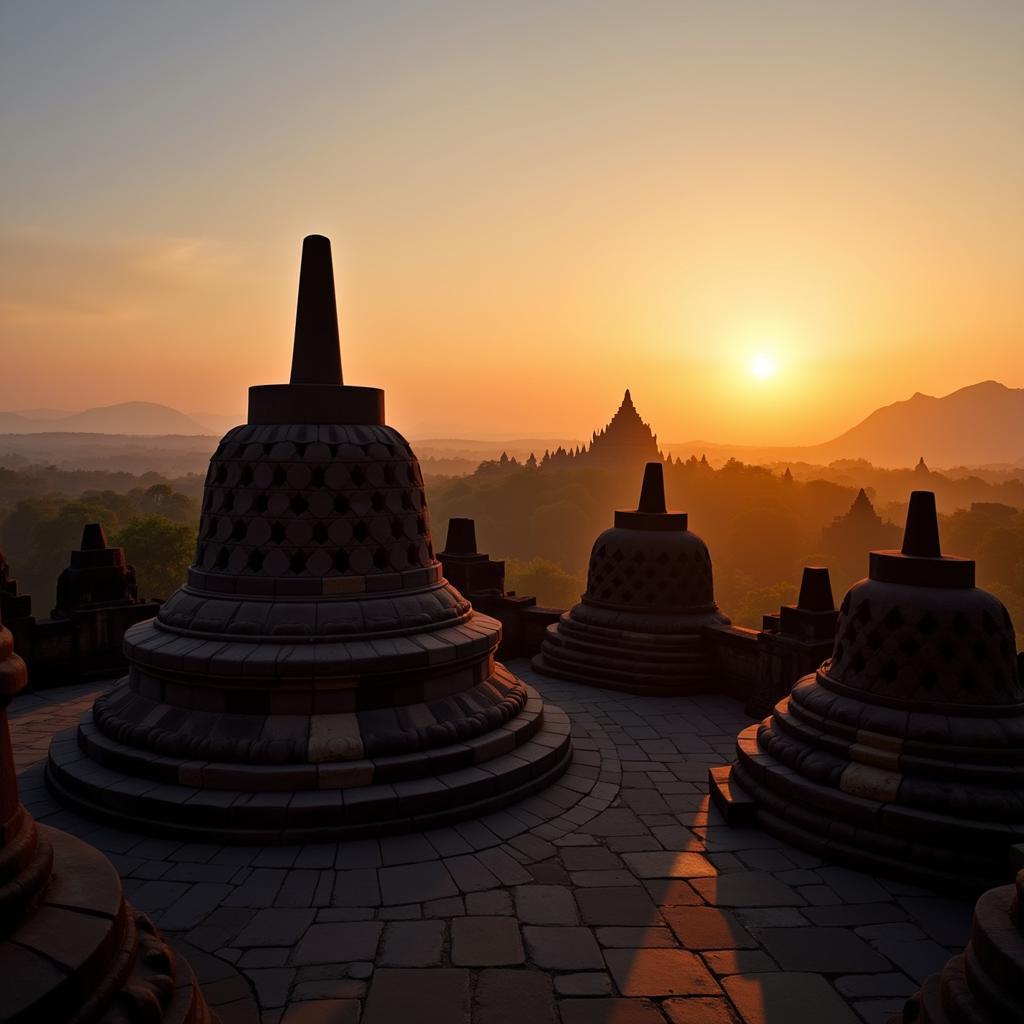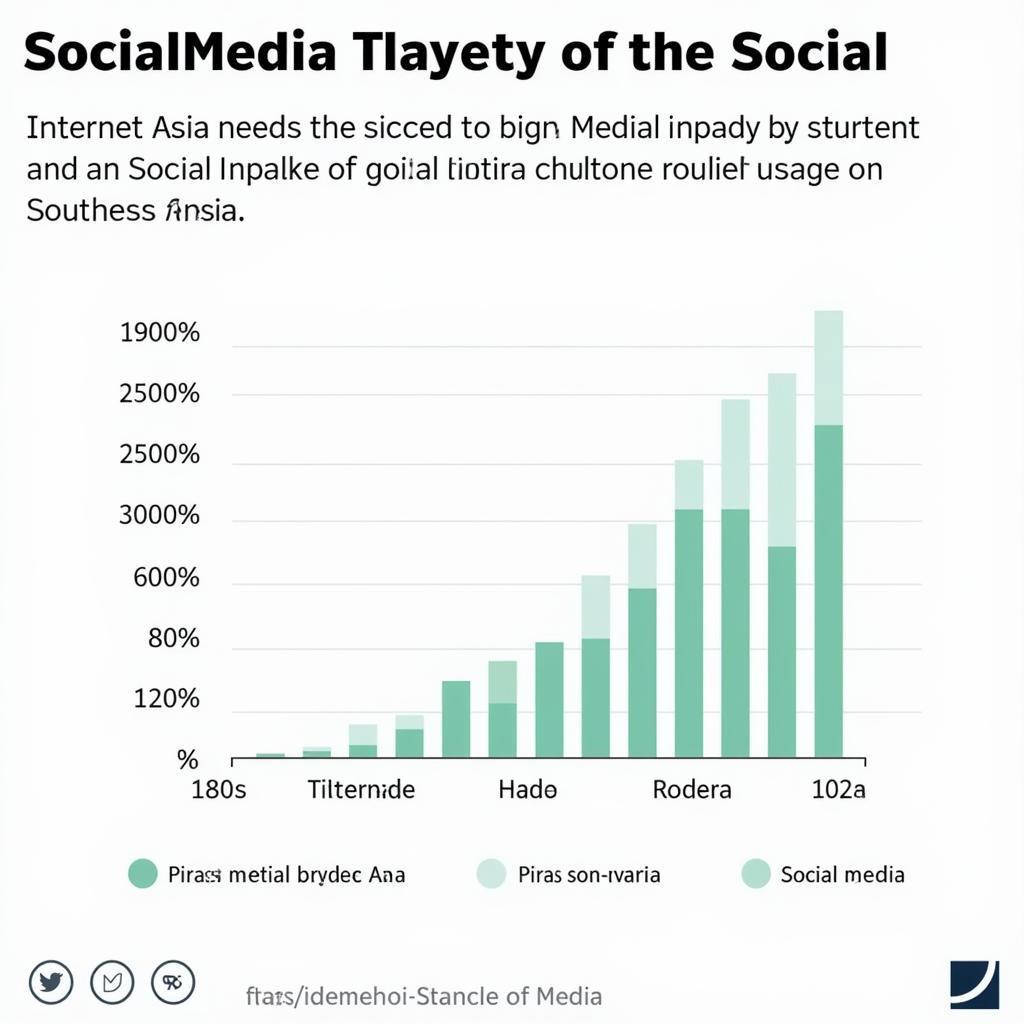From ancient temples to majestic palaces, Southeast Asia is a region steeped in history and adorned with architectural wonders. Among these, the concept of the “Asean citadel” emerges as a captivating theme, embodying the strength, resilience, and cultural richness of the region. While not referring to a single, monolithic structure, the idea of an “Asean citadel” invites us to explore the diverse fortifications, ancient cities, and historical landmarks that stand as testaments to the enduring spirit of Southeast Asia.
 Ancient Cities Map of Southeast Asia
Ancient Cities Map of Southeast Asia
Unveiling the Fortifications: Guardians of History
Across Southeast Asia, numerous citadels and fortified structures stand as silent witnesses to a tumultuous past. These imposing edifices served not only as military strongholds but also as centers of power, administration, and cultural expression.
In Vietnam, the Imperial Citadel of Thang Long, a UNESCO World Heritage Site, offers a glimpse into the grandeur of the Dai Viet Kingdom. Its layers of history, spanning centuries of dynastic rule, are etched into its walls and gates.
 Hue Citadel in Vietnam
Hue Citadel in Vietnam
Journey to Thailand, and the ancient city of Ayutthaya beckons. Once a powerful Siamese kingdom, Ayutthaya’s ruins, including the majestic Wat Phra Sri Sanphet, narrate tales of a glorious past. The remnants of city walls and fortifications stand as reminders of the city’s resilience against invaders.
Beyond the Walls: Citadels of Culture and Spirit
The concept of an “Asean citadel” extends beyond physical fortifications to encompass the cultural and spiritual heart of the region. Ancient cities, often built around temple complexes, served as centers of knowledge, religion, and community life.
In Cambodia, the awe-inspiring Angkor Wat, a UNESCO World Heritage Site, stands as a testament to the architectural and artistic prowess of the Khmer Empire. This vast temple complex, dedicated to Vishnu, represents a “citadel” of faith, drawing millions of visitors each year to marvel at its intricate carvings and spiritual aura.
 Borobudur Temple in Indonesia
Borobudur Temple in Indonesia
Indonesia’s Borobudur, another UNESCO World Heritage Site, is a “citadel” of Buddhist cosmology, its intricate reliefs depicting the journey towards enlightenment. This magnificent structure, built as a giant mandala, invites reflection and contemplation, offering a glimpse into the spiritual beliefs of ancient Java.
A Legacy of Strength and Resilience
The “Asean citadel,” in its many forms, stands as a powerful symbol of the region’s enduring strength and resilience. These architectural marvels have withstood the test of time, enduring invasions, natural disasters, and the ebb and flow of history.
Today, they serve as poignant reminders of the rich tapestry of cultures that have shaped Southeast Asia. They offer valuable insights into the beliefs, traditions, and artistic expressions of past civilizations. And they inspire us to appreciate the interconnectedness of the region’s history and heritage.

